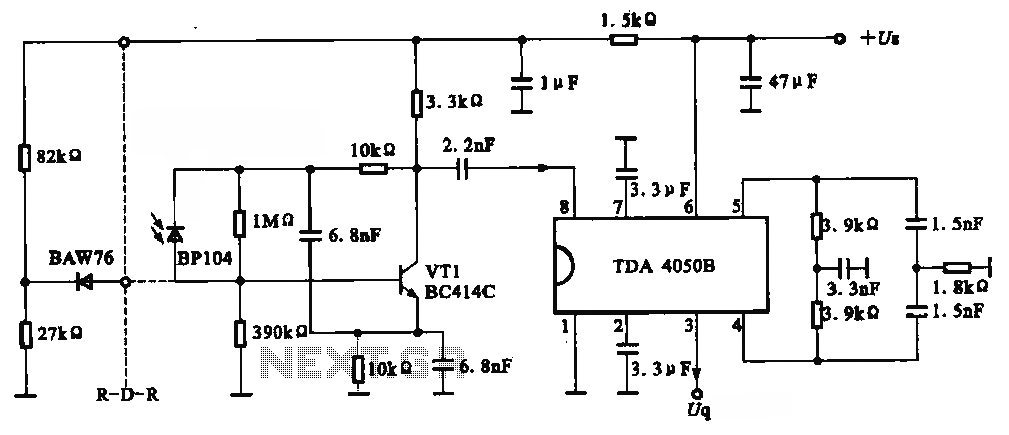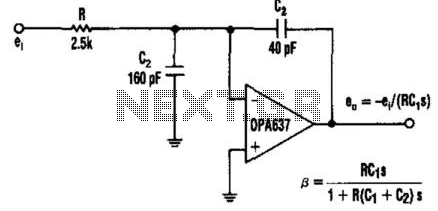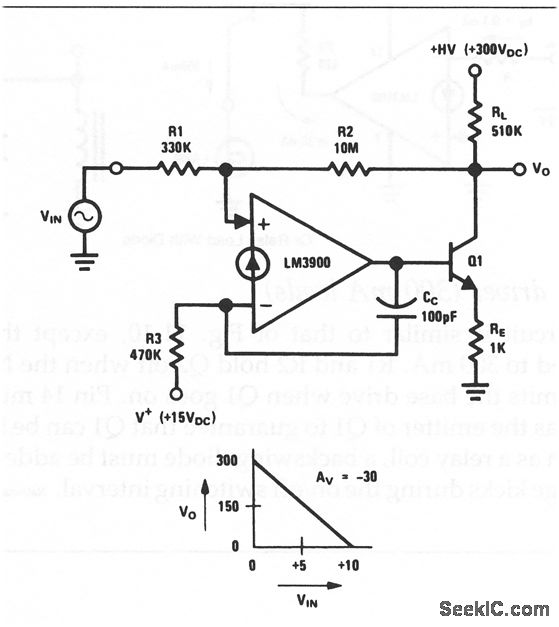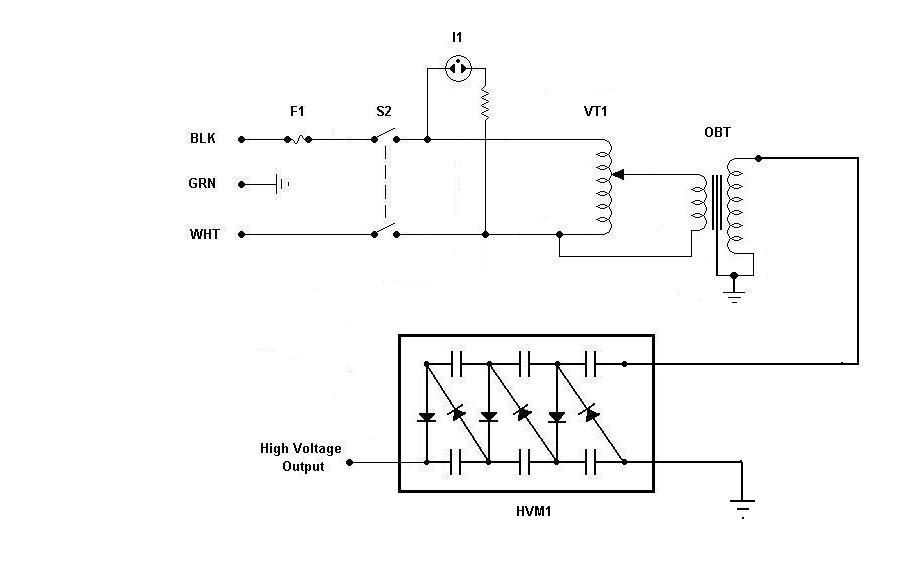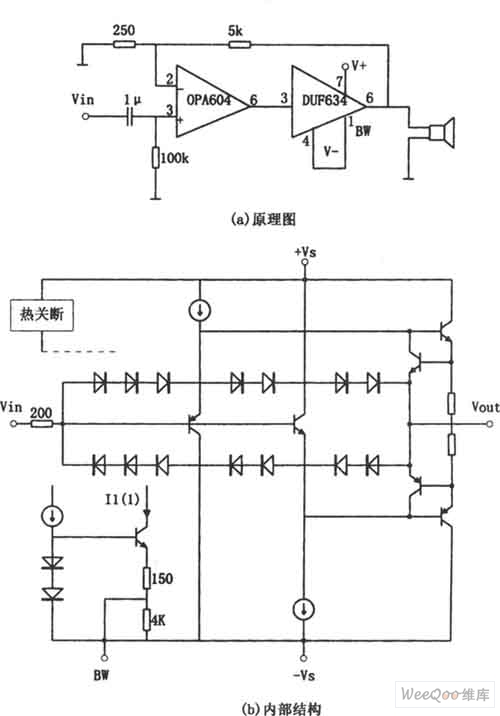
High Performance Regen Receiver
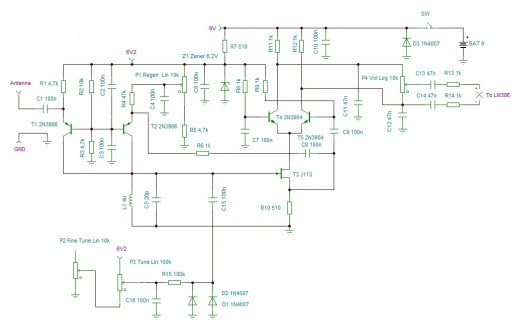
A new high-performance regenerative receiver is available as a kit. The inclusion of an innovative regenerative detector circuit enhances sensitivity and overall performance.
The regenerative receiver kit is designed to provide users with a high-quality radio frequency (RF) reception experience. The core of this receiver is the regenerative detector circuit, which operates by feeding part of the output signal back into the input. This feedback mechanism increases the gain and sensitivity of the receiver, allowing it to pick up weaker signals that might otherwise be lost in noise.
The kit typically includes essential components such as a power supply, tuning capacitors, inductors, resistors, and a circuit board for assembly. Users are required to solder the components onto the board according to the provided schematic diagram, which outlines the connections and placements of each component. The regenerative receiver can be tuned across various frequency bands, making it versatile for different applications, including amateur radio and shortwave listening.
In addition to its sensitivity, the regenerative receiver is known for its simplicity and cost-effectiveness, making it an ideal project for electronics enthusiasts and hobbyists. The design allows for adjustments to be made for optimal performance, including fine-tuning the feedback loop to achieve the desired level of gain without introducing unwanted oscillations.
Overall, the regenerative receiver kit represents an excellent opportunity for learning and experimentation in the field of RF electronics, combining practical assembly skills with the theoretical understanding of radio wave reception.A new high-performance regenerative receiver is available as a kit. Using a new regenerative detector circuit allows a good performance regarding sensitivity.. 🔗 External reference
The regenerative receiver kit is designed to provide users with a high-quality radio frequency (RF) reception experience. The core of this receiver is the regenerative detector circuit, which operates by feeding part of the output signal back into the input. This feedback mechanism increases the gain and sensitivity of the receiver, allowing it to pick up weaker signals that might otherwise be lost in noise.
The kit typically includes essential components such as a power supply, tuning capacitors, inductors, resistors, and a circuit board for assembly. Users are required to solder the components onto the board according to the provided schematic diagram, which outlines the connections and placements of each component. The regenerative receiver can be tuned across various frequency bands, making it versatile for different applications, including amateur radio and shortwave listening.
In addition to its sensitivity, the regenerative receiver is known for its simplicity and cost-effectiveness, making it an ideal project for electronics enthusiasts and hobbyists. The design allows for adjustments to be made for optimal performance, including fine-tuning the feedback loop to achieve the desired level of gain without introducing unwanted oscillations.
Overall, the regenerative receiver kit represents an excellent opportunity for learning and experimentation in the field of RF electronics, combining practical assembly skills with the theoretical understanding of radio wave reception.A new high-performance regenerative receiver is available as a kit. Using a new regenerative detector circuit allows a good performance regarding sensitivity.. 🔗 External reference
Warning: include(partials/cookie-banner.php): Failed to open stream: Permission denied in /var/www/html/nextgr/view-circuit.php on line 713
Warning: include(): Failed opening 'partials/cookie-banner.php' for inclusion (include_path='.:/usr/share/php') in /var/www/html/nextgr/view-circuit.php on line 713

